
- Events
- Australia Day
- Bastille Day
- Burns Night
- Christmas
- Day of the Dead
- Eurovision
- Festivals / Summer
- Halloween
- Halloween Accessories
- Nativity
- Oktoberfest
- Olympics
- Pride
- Red Nose Day
- School Play Costumes
- St Andrew's Day
- St Davids Day
- St Georges / England Supporters
- St Patricks Day
- Six Nations Rugby
- Stag Do
- Summer
- Thanksgiving
- VE Day
- World Book Day
- Adult World Book Day Costumes
- 4th July

- Themes
- Animals
- Around The World
- Book Characters
- British
- Chocolate Factory
- Cops & Robbers
- Cosplay
- DC
- Doctors and Nurses
- Fairytale
- Funny / Novelty
- Gangster
- Harry Potter
- Hawaiian / Summer
- Heroes and Villains
- Historical
- Army, Air Force & Naval
- Mexican Fiesta
- Pick Me Up
- Pink Cowgirl Hat Aesthetic
- Pirates
- Popstars and Celebrities
- Pre Historic
- Religious
- Sexy Costumes
- Sports
- Star Wars
- Steampunk
- Suits
- Tiger King
- TV, Film and Game
- Wild West
- Wizard of Oz
- Wizards & Witches
- 2000s
- 1990s
- 1980s
- 1960s 1970s
- 1950s
- 1940s
- 1920s

- Cosmetics
- Body Crayons
- Eye Liner
- Fabric Paint
- Face & Body Paint
- Face Jewels
- Fake Blood
- FX Fluids
- Glitter Fixatives
- Glitter Gel
- Glitter Shaker
- Hair Colour Spray
- Hair Gel
- Hair Streaks
- Lipgloss
- Lipstick
- Lip Tattoos
- Loose Glitter
- Mascara
- Nail Polish
- Pigment Shakers
- Pro Face Paint Cake Pots
- Scars, Wounds, Prosthetics & FX

- Accessories
- Bandanas & Scarves
- Belts
- Braces
- Capes
- Elf Accessories
- Eye Lashes
- Facial Hair
- Feather Boas
- Glasses
- Gloves
- Guns, Weapons & Swords
- Hats & Headwear
- Hosiery
- Inflatables
- Jewellery
- Masks
- Masquerade Masks
- Nipple Pasties
- Pacifiers
- Props
- Sets & Kits
- Shoe Covers
- Shoes / Boots
- Sleeves
- Teeth
- Ties & Bowties
- Tutus & Underskirts
- Wigs
- Wings & Wands
- Other

- Gifts by Category
- Alternative
- Balloon Dog Sculptures
- Batteries
- Colouring Books
- Decorative Accessories
- Food & Drink
- Fragrance
- Gadgets & Tech
- Gift Sets
- Gifts for the Home
- Homeware
- Jewellery
- Keepsakes
- Knitting Wool
- Life
- Luggage & Suitcases
- Miscellaneous
- Ornaments
- Personalised Gifts
- Puzzle Books
- Puzzles
- Slippers
- Smoking
- Stationery
- Umbrellas
- Vehicle
- Wallets & Purses
- Warmies


-
- Australia Day
- Bastille Day
- Burns Night
- Christmas
- Day of the Dead
- Eurovision
- Festivals / Summer
- Halloween
- Halloween Accessories
- Nativity
- Oktoberfest
- Olympics
- Pride
- Red Nose Day
- School Play Costumes
- St Andrew's Day
- St Davids Day
- St Georges / England Supporters
- St Patricks Day
- Six Nations Rugby
- Stag Do
- Summer
- Thanksgiving
- VE Day
- World Book Day
- Adult World Book Day Costumes
- 4th July
-
- Animals
- Around The World
- Book Characters
- British
- Chocolate Factory
- Cops & Robbers
- Cosplay
- DC
- Doctors and Nurses
- Fairytale
- Funny / Novelty
- Gangster
- Harry Potter
- Hawaiian / Summer
- Heroes and Villains
- Historical
- Army, Air Force & Naval
- Mexican Fiesta
- Pick Me Up
- Pink Cowgirl Hat Aesthetic
- Pirates
- Popstars and Celebrities
- Pre Historic
- Religious
- Sexy Costumes
- Sports
- Star Wars
- Steampunk
- Suits
- Tiger King
- TV, Film and Game
- Wild West
- Wizard of Oz
- Wizards & Witches
- 2000s
- 1990s
- 1980s
- 1960s 1970s
- 1950s
- 1940s
- 1920s
-
- Body Crayons
- Eye Liner
- Fabric Paint
- Face & Body Paint
- Face Jewels
- Fake Blood
- FX Fluids
- Glitter Fixatives
- Glitter Gel
- Glitter Shaker
- Hair Colour Spray
- Hair Gel
- Hair Streaks
- Lipgloss
- Lipstick
- Lip Tattoos
- Loose Glitter
- Mascara
- Nail Polish
- Pigment Shakers
- Pro Face Paint Cake Pots
- Scars, Wounds, Prosthetics & FX
-
- Bandanas & Scarves
- Belts
- Braces
- Capes
- Elf Accessories
- Eye Lashes
- Facial Hair
- Feather Boas
- Glasses
- Gloves
- Guns, Weapons & Swords
- Hats & Headwear
- Hosiery
- Inflatables
- Jewellery
- Masks
- Masquerade Masks
- Nipple Pasties
- Pacifiers
- Props
- Sets & Kits
- Shoe Covers
- Shoes / Boots
- Sleeves
- Teeth
- Ties & Bowties
- Tutus & Underskirts
- Wigs
- Wings & Wands
- Other




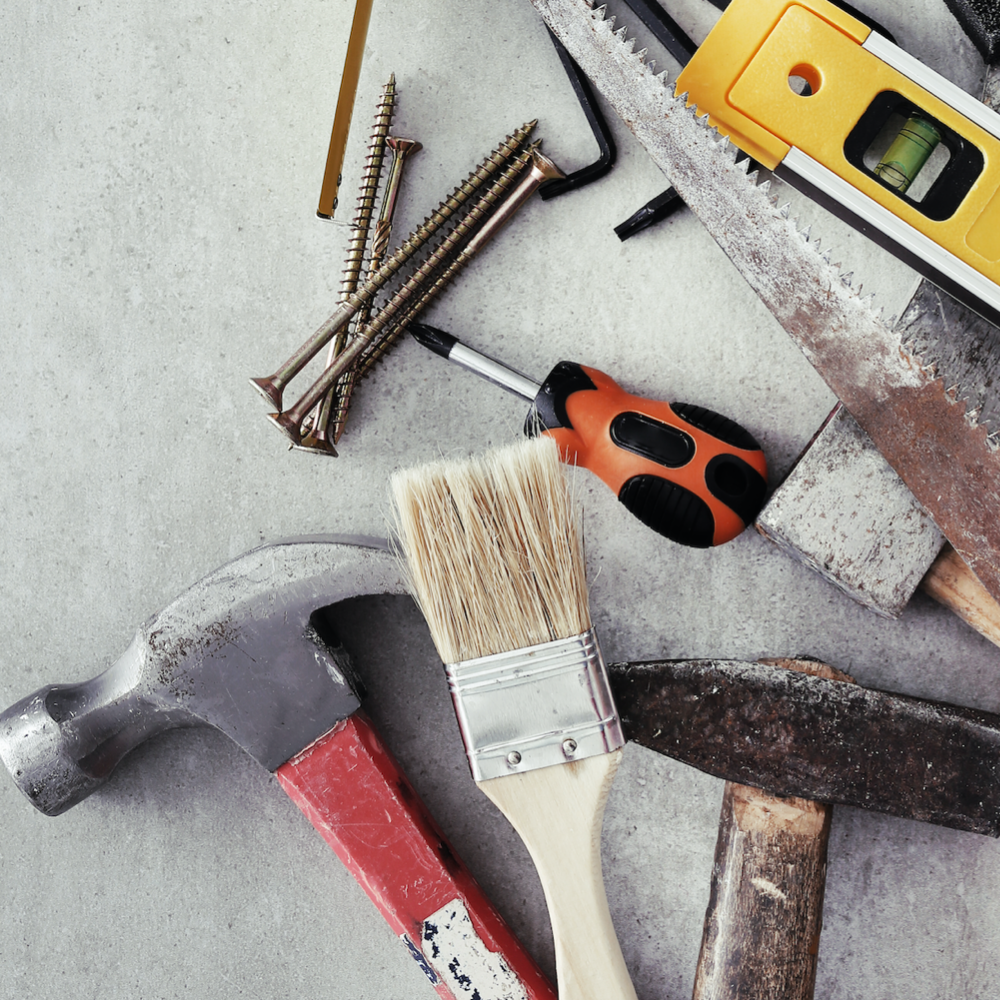


-
- Alternative
- Balloon Dog Sculptures
- Batteries
- Colouring Books
- Decorative Accessories
- Food & Drink
- Fragrance
- Gadgets & Tech
- Gift Sets
- Gifts for the Home
- Homeware
- Jewellery
- Keepsakes
- Knitting Wool
- Life
- Luggage & Suitcases
- Miscellaneous
- Ornaments
- Personalised Gifts
- Puzzle Books
- Puzzles
- Slippers
- Smoking
- Stationery
- Umbrellas
- Vehicle
- Wallets & Purses
- Warmies

What Is a Spanner?
by Darren Butler
Last updated: Jul 25, 2025

A spanner is a tool commonly used to tighten or loosen bolts, nuts, and other fasteners in mechanical and construction tasks. Its essential role in construction, automotive, and DIY projects cannot be overstated, making it one of the most frequently used hand tools. The term "spanner" is primarily used in the United Kingdom and many other countries, whereas in the United States, it is more commonly referred to as a wrench. Although spanners may come in various shapes and sizes, their primary function remains the same: to provide leverage for loosening or tightening fasteners to achieve a secure fit. This blog post will explore the different types of spanners, their uses, and the evolution of this indispensable tool.
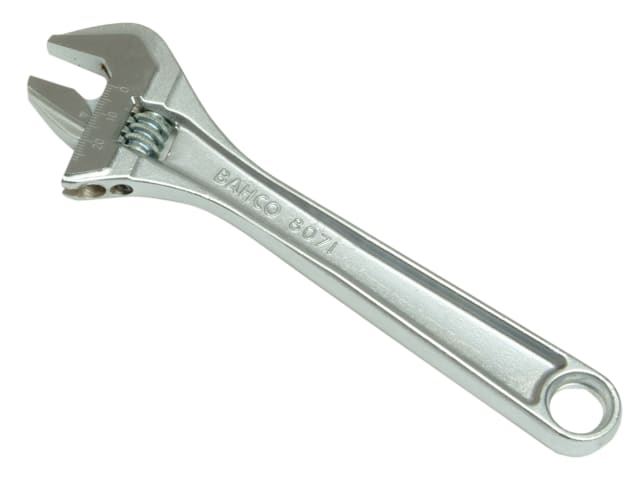
The Anatomy of a Spanner
To understand how a spanner works, it’s essential to know its basic components. A typical spanner consists of a handle and a jaw or head at one or both ends. The handle is the part the user grips, providing leverage to exert force on the fastener. The jaw of the spanner, which may be open or closed, is designed to fit around a bolt or nut. The shape of the jaw is specifically crafted to accommodate various sizes of fasteners. In some spanners, the jaws are adjustable, allowing the user to work with a range of different bolt sizes. The material used to make a spanner is also crucial, as it needs to be strong enough to withstand high torque without bending or breaking. Most spanners are made from steel alloys or other durable metals, which are designed to withstand the stresses of heavy-duty work.

Types of Spanners
Spanners come in several types, each designed for specific tasks. The most common types include the open-ended spanner, the ring spanner, the adjustable spanner, and the combination spanner.
- An open-ended spanner has two parallel jaws, each with a different size opening, allowing it to fit around the flat sides of a nut or bolt. The spanner is typically used when there is enough space to manoeuvre the tool around the fastener. It is ideal for quick tasks, such as adjusting a loose bolt or nut.
- A ring spanner, on the other hand, features a closed loop at one end, which provides more contact with the fastener and is less likely to slip compared to an open-ended spanner. The enclosed design also allows the spanner to be used in tighter spaces where an open-ended spanner might not fit. Some ring spanners come with a ratchet mechanism, enabling users to turn the fastener continuously without having to reposition the spanner.
- The adjustable spanner, as its name suggests, has an adjustable jaw that can be moved to fit different sizes of bolts or nuts. This makes it a versatile tool that is handy for a range of tasks, especially when working with multiple sizes of fasteners. However, while adjustable spanners are convenient, they may not provide as much torque or precision as fixed-size spanners.
- Finally, the combination spanner combines the features of both the open-ended and ring spanner, with one end being open and the other end having a ring. This dual design makes the combination spanner highly versatile, allowing users to switch between the two depending on the type of task at hand.
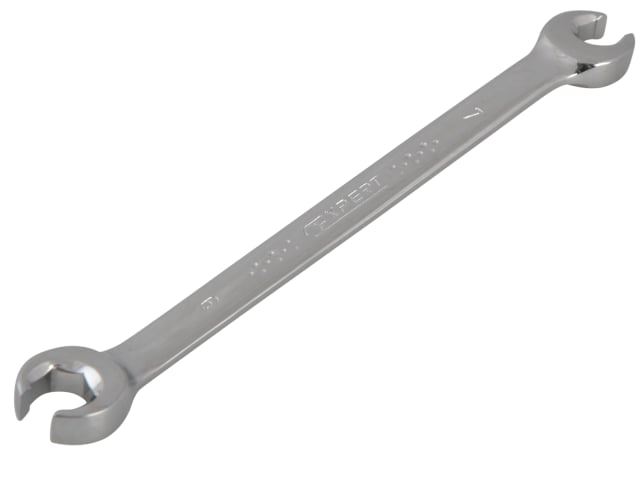
How Spanners Are Used
Spanners are typically used in conjunction with fasteners such as nuts and bolts. The most common application is in the assembly or disassembly of mechanical parts, where secure fastening is required. For example, in automotive repair, spanners are used to tighten or loosen bolts on engines, wheels, and other components. In construction, spanners are used to secure structural elements like beams and columns. DIY enthusiasts also rely on spanners for everyday tasks such as assembling furniture, fixing household appliances, or performing basic repairs around the home.
The key to using a spanner effectively lies in applying the correct amount of torque. Torque refers to the rotational force needed to turn a fastener. When using a spanner, it is important not to overtighten or undertighten a bolt or nut. Over-tightening can damage the fastener or the surrounding material, while under-tightening may cause the fastener to loosen over time, leading to potential safety hazards. Proper technique involves using controlled, steady pressure to ensure that the fastener is tightened to the correct specification.
When working with a spanner, it is also essential to use the correct size for the task. Using a spanner that is too large or too small can lead to slippage, which can damage both the tool and the fastener. If the jaws of the spanner do not fit snugly around the nut or bolt, it may slip off, causing injury or damaging the surrounding material.
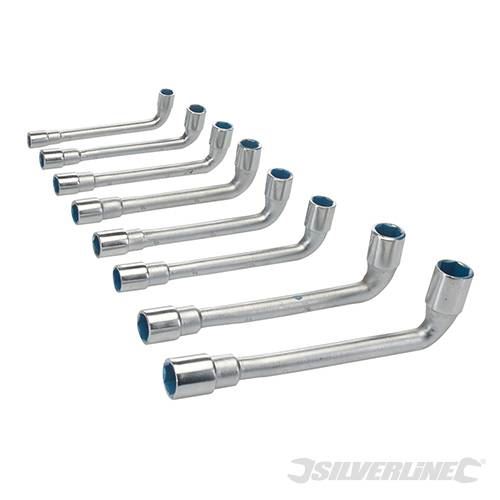
The Evolution of the Spanner
Spanners have evolved significantly since their invention, with many improvements made in design and material. The earliest spanners were rudimentary tools made from wood or simple metal components. These early versions were limited in terms of durability and functionality. Over time, metalworking techniques advanced, and spanners were made from stronger materials such as steel and iron, allowing for greater torque and longer-lasting performance.
The introduction of adjustable spanners in the 19th century marked a significant step forward. The adjustable spanner allowed users to work with different sizes of bolts without needing to carry a variety of fixed-size spanners. This innovation greatly improved the convenience and efficiency of mechanical work. Similarly, the ratchet mechanism incorporated into some ring spanners further enhanced the tool’s usability, enabling users to tighten or loosen fasteners with minimal effort.
In modern times, spanners are often designed with ergonomic handles and coatings that reduce hand fatigue and increase grip. Some high-end spanners also feature precision manufacturing, allowing for a tighter fit around fasteners, which helps to prevent rounding or slipping. Today, spanners are available in a wide range of sizes, materials, and designs, making them suitable for a variety of tasks, from heavy-duty industrial applications to more delicate, precision work.
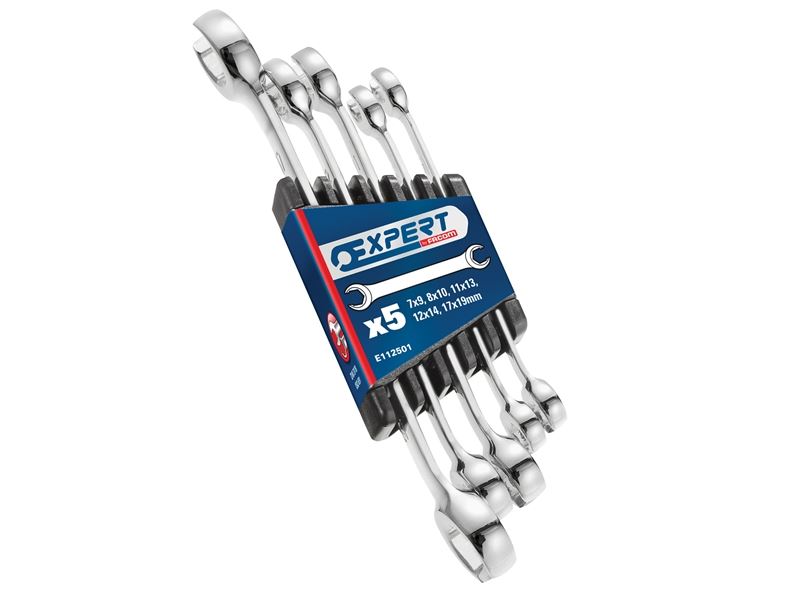
Conclusion
In conclusion, a spanner is an indispensable tool in both professional and DIY settings. Whether it is used for repairing cars, building furniture, or constructing buildings, a spanner plays a critical role in ensuring that fasteners are tightened securely. Over the years, spanners have undergone significant design improvements, making them more versatile and user-friendly. From open-ended and ring spanners to adjustable and combination designs, the variety of spanners available ensures that every job can be tackled with the right tool. Despite the advances in technology, the basic function of the spanner remains unchanged, continuing to be a key part of the toolkit for anyone involved in mechanical work or home improvement projects.
- Menu
- Fancy Dress
- Electronics & Gaming
- Clothing
- Pet Products
- Garden
- Tools & DIY
- Home & Leisure
- Gifting & Parties
- Toys
- Information
- About Us
- Become a seller
- Affiliate Programme
- Frequently Asked Questions
- Returns and Refunds
- Terms And Conditions
- Privacy Policy
- View our blog
- Featured
- View more
- Customer Care
- [email protected]
- +44 (0) 1702 617821
- ILFD Group Ltd T/A Cazaar®
- Company Number: 07034824








































































